There are many historical and cultural places in Hakata, Fukuoka. If you are visiting Fukuoka and love Japanese culture, you can not miss these places. We have listed for you the 11 places that you can walk to from Hakata station within 30 mins.
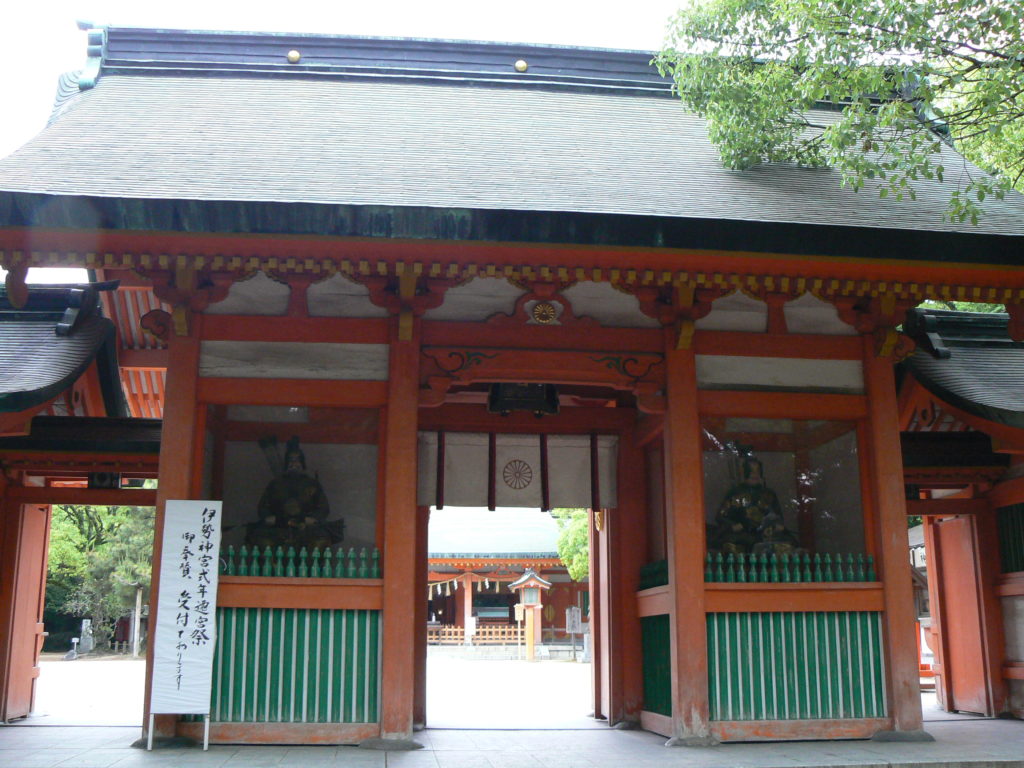
1. Sumiyoshi shrine (about 12 mins walk from Hakata station)
It has 1800 years of history, and was the first Sumiyoshi shrine built in Japan. The architectural style of the main sanctuary is called Sumiyoshi Dukuri, it is designated as a National Important Cultural Property because of its unique style.
The shrine is surrounded by a lot of green and will make you forget that you are in the middle of the city. There is also a Noh theatre built in 1938 and a sumo wrestling ring.
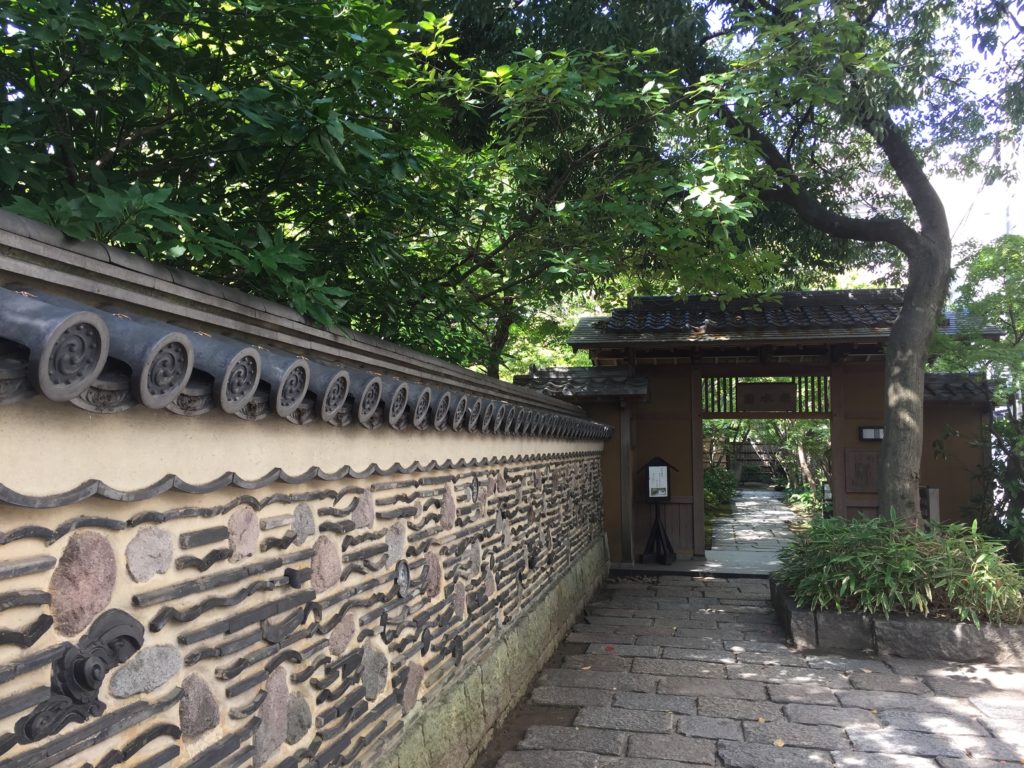
2. Rakusuien (about 12 mins walk from Hakata station)
Rakusuien was built in 1906 as a second house by a Hakata merchant, Chikamasa Zenemon Shimozawa. It has a beautiful Japanese garden, and you can drink matcha while you enjoy a relaxing moment. The clay wall of Rakusuien is called “Hakatabei”, it was made with reclaimed burnt rocks and roof tiles from a war in the 1500’s.
3. Joten-ji (about 9 mins walk from Hakata station)
Joten-ji is known as the origin of the production method of udon, soba, manju, yokan and Hakata textiles. The founder, Enni-Benen, went to China to master zen buddhism and brought back many cultural features from China and spread those skills from Hakata. It is also said “toshikoshisoba” (the soba noodle dish served on New Year’s Eve) was started here by Shakokumei, who supported Enni-Benen, when he served soba to poor Hakata people on New Year’s Eve during a famine in the mid 12th century.
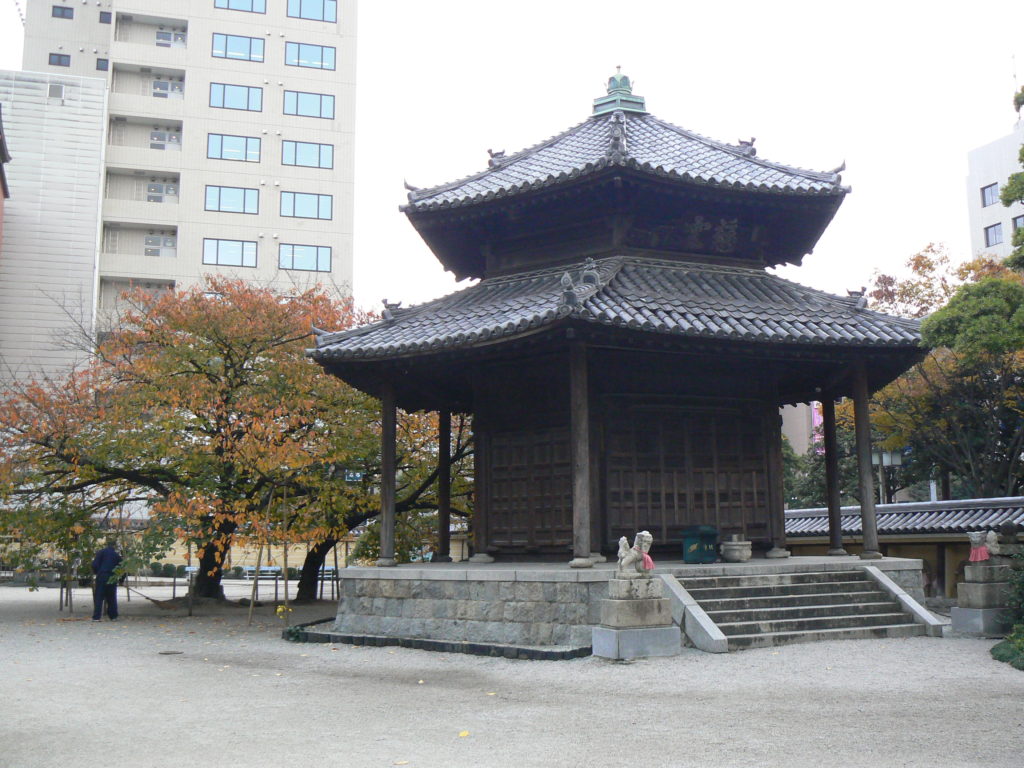
4. Tocho-ji (about 12 mins walk from Hakata station)
This is the oldest temple founded by Kobo-Daishi when he returned from China. It has the biggest wooden buddha in Japan with a size of 10.8 meters in height and 30 tons in weight. At the base of the buddha, there is a place called “the path from hell to heaven” and anyone can walk through. There is also the gravestone of the second daimyo of Fukuoka, Kuroda Tadayuki, and a five-storey pagoda.
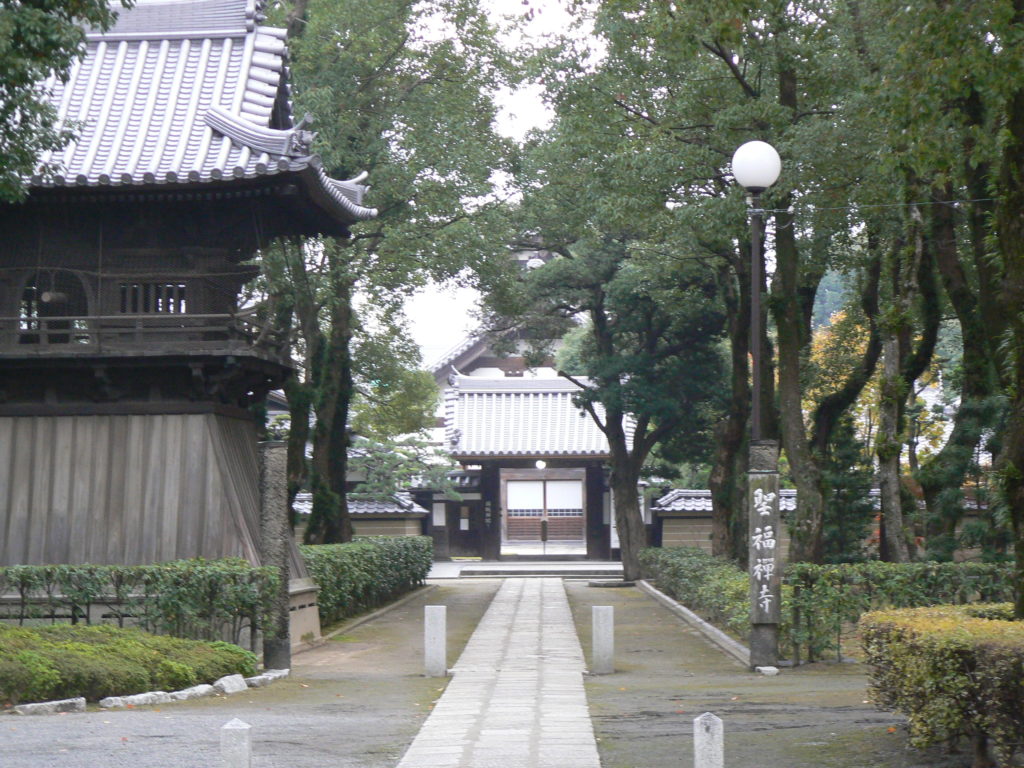
5. Shofuku-ji (about 15 mins walk from Hakata station)
It was founded by Eisai in 1195 and is known as the first zen temple in Japan. Eisai is know as the man who brought back tea and spread it in Japan. Shofuku-ji was burned in a fire during the Sengoku era but rebuilt in the Edo era, and now it is designated as a National Important Cultural Property. The main hall and some other areas are not available for walking through, but the area around the temple is big and it is a good walking place.

6. Kawabatadori shopping arcade (about 17 mins walk from Hakata station)
This shopping arcade has over 130 years of history. Its length is about 400 meters, and over 130 shops are there. In the middle of the arcade, there is a place called “Kawabata Zenzai Hiroba” which displays “Kazariyama,” the decorative version of a float that is carried in Hakata’s Gion Yamakasa Festival, all year round. During the weekends and national holidays, you can try the sweetest zenzai in Japan, “Kawabata Zenzai” (sweet red-bean soup with pieces of rice cake).
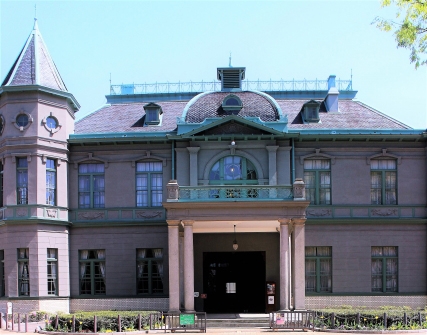
7. Kihinkan (about 22 mins walk from Hakata station)
Kihinkan was built in 1910 as a guest reception house for the Kyushu Okinawa Exhibition. The Architecture is French renaissance style, and it was used as the headquarters of a Fukuoka regiment during the pacific war. It has a cafe now, so you can sit and relax in the Meiji era atmosphere. Also, you can try wearing Meiji Era’s women’s dresses.
8. Fukuoka City Museum of Literature (about 25 mins walk from Hakata station)
It was founded in 1909 as the Kyushu branch of Nippon Life Insurance Company, and its appearance features the British architectural style of the 19th century. You can find books about Fukuoka here.
9. Kushida Shrine (about 15 mins walk from Hakata station)
Grand tutelary shrine of Hakata is the starting location of “Oiyama,” the final event of Hakata Gion Yamakasa festival, and “Kazariyama” is also exhibited all year round. The big gingko tree, sacred tree of Kushida shrine, is said to be more than 1000 years old. The big rocks you will find at the shrine are called “Chikara Ishi”, these are offerings by Yokozuna, the top ranked sumo wrestlers.
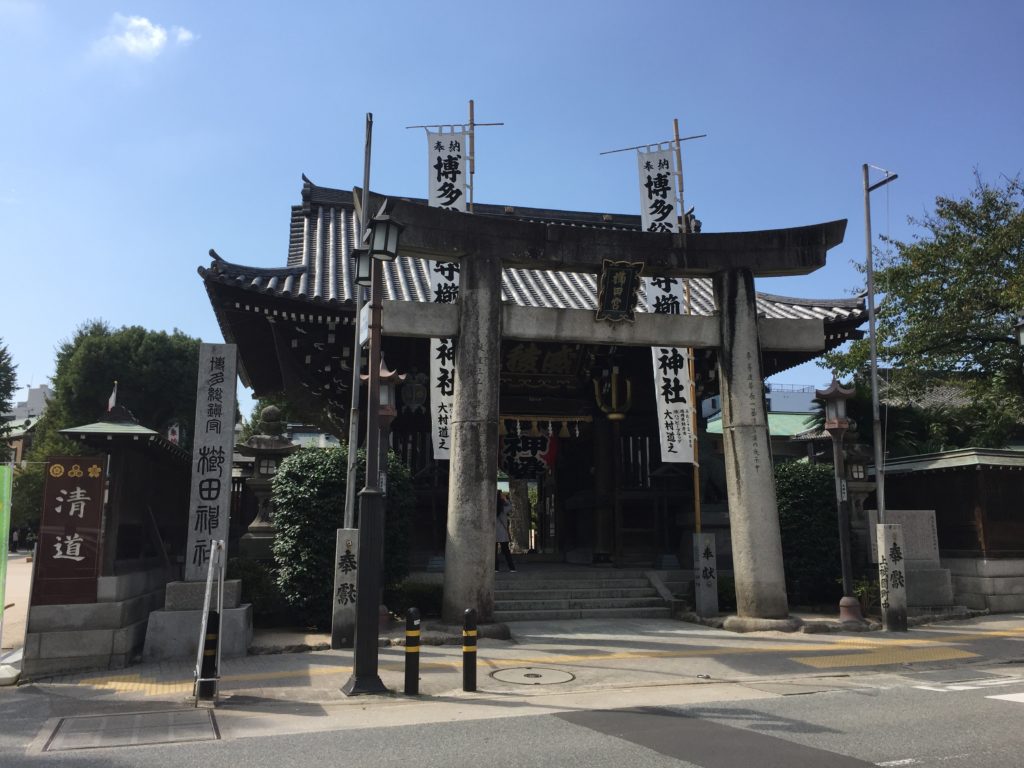
9. Kushida Shrine (about 15 mins walk from Hakata station)
Grand tutelary shrine of Hakata is the starting location of “Oiyama,” the final event of Hakata Gion Yamakasa festival, and “Kazariyama” is also exhibited all year round. The big gingko tree, sacred tree of Kushida shrine, is said to be more than 1000 years old. The big rocks you will find at the shrine are called “Chikara Ishi”, these are offerings by Yokozuna, the top ranked sumo wrestlers.
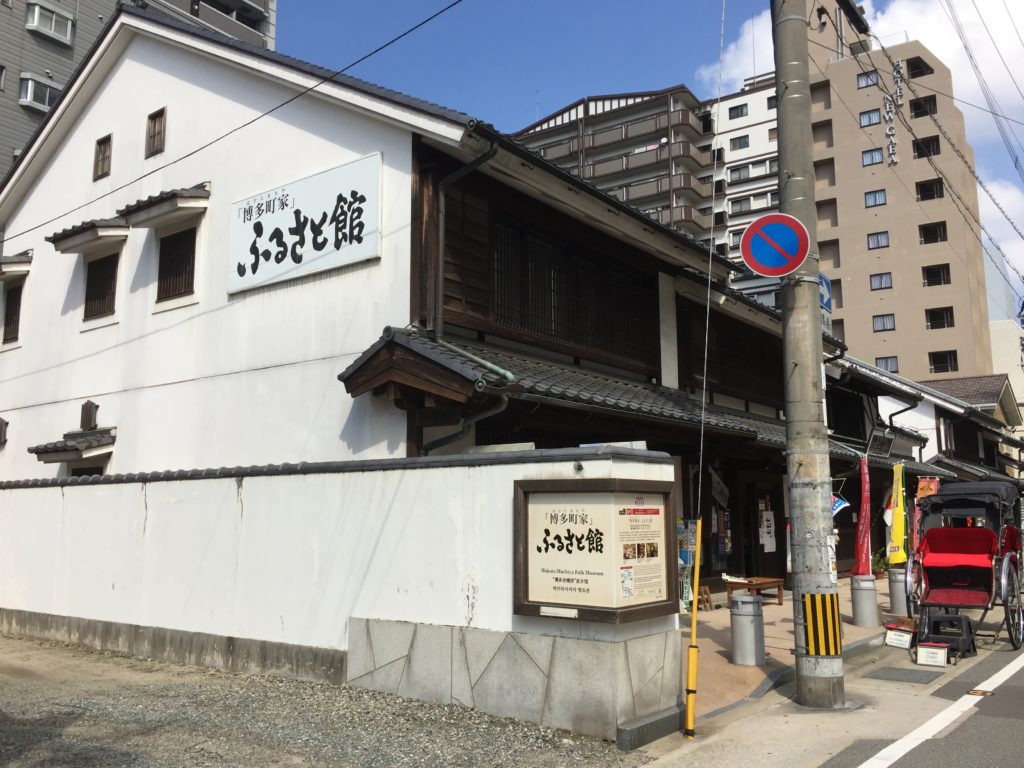
10. Hakata Machiya Furusato Kan (about 15 mins walk from Hakata station)
This place gives us a glimpse into the life of the Meiji and Taisho eras. Various old Japanese historical , cultural and everyday tools are displayed. You can see a demonstration of how Hakata’s traditional craft “Hakataori”is made, and also experience other Hakata traditional crafts like Hakata Hariko, Hakata Koma, Hakata Magemono and Hakata dolls.

11. Hakata Traditional Craft and Design Museum (about 15 mins walk from Hakata station)
All of the Hakata traditional crafts are displayed here so you can both see and feel the history they represent. Various works of traditional crafters are also displayed and you can buy their works.
We just listed 11 places here, but there are many more places where you can see and feel Hakata history. If you are in the area, we recommend you take a long, slow walk around !


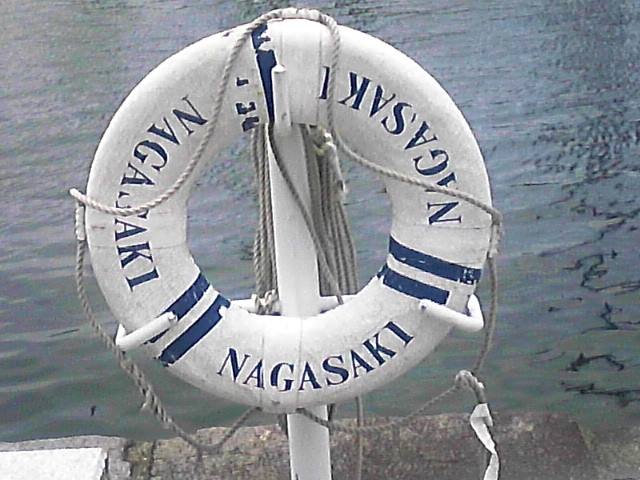
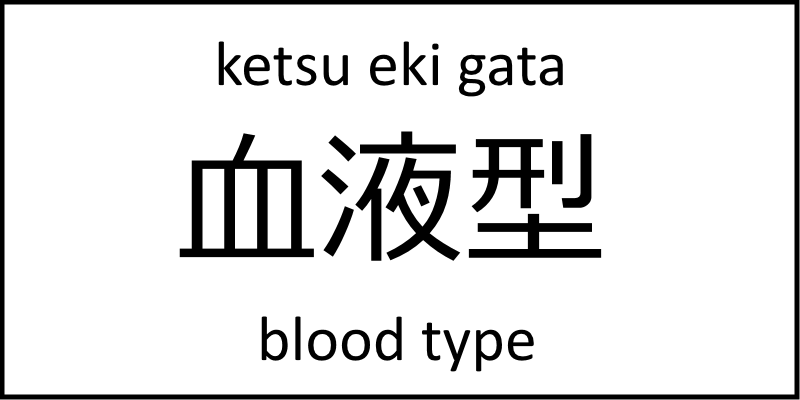
Comments